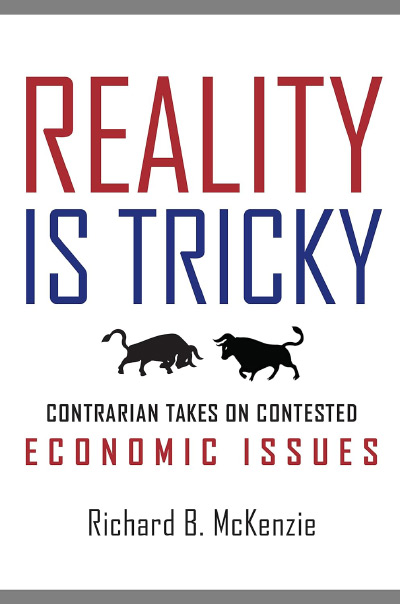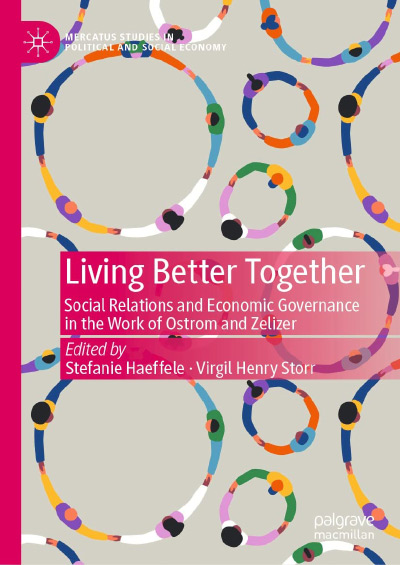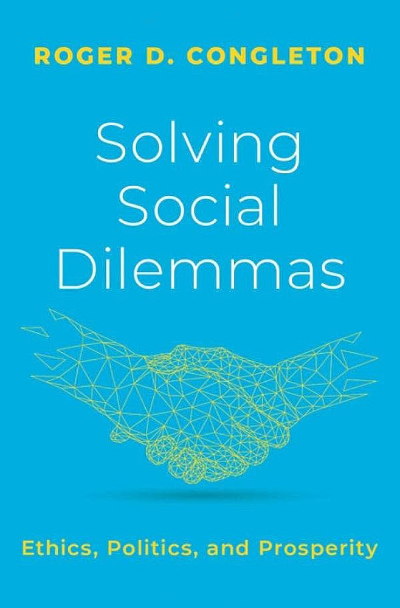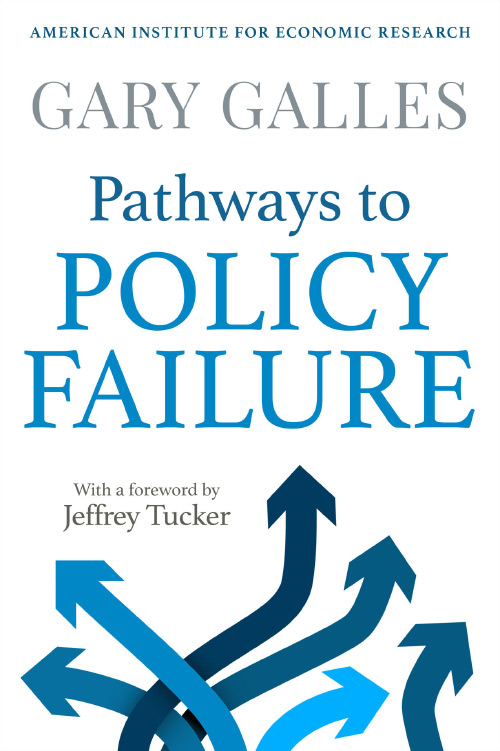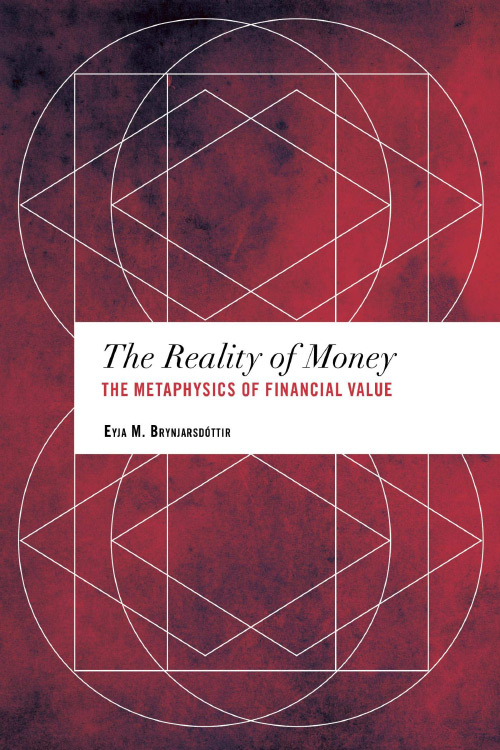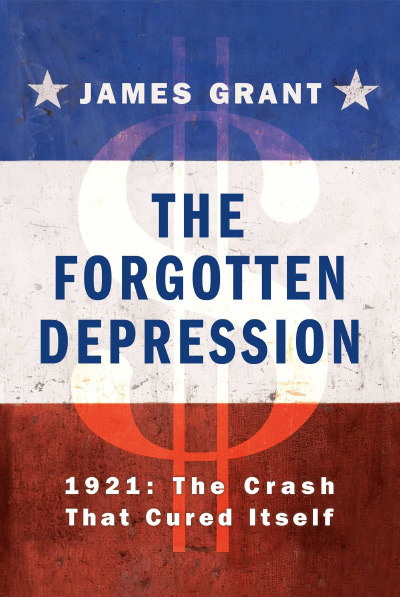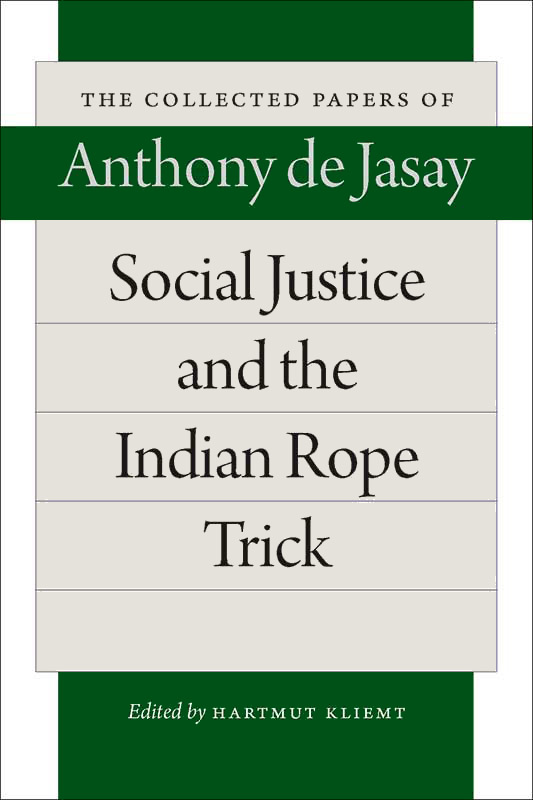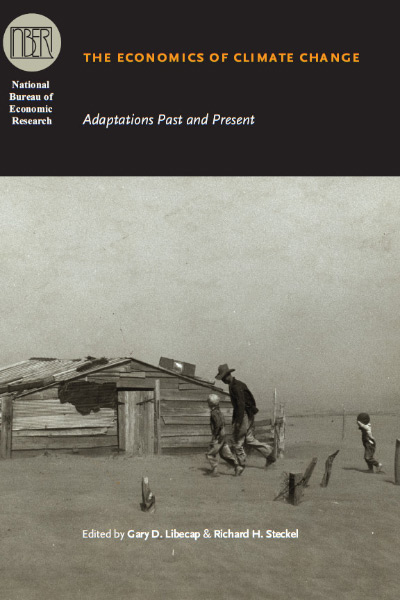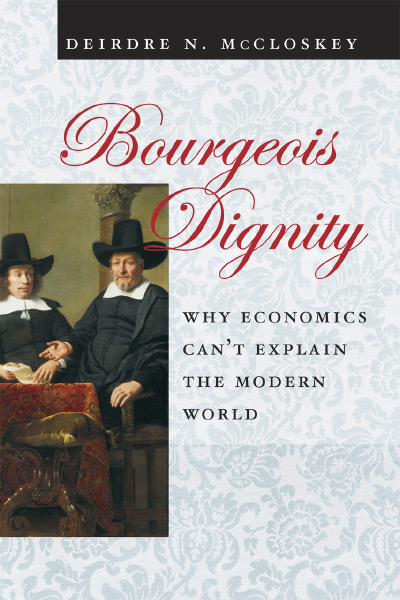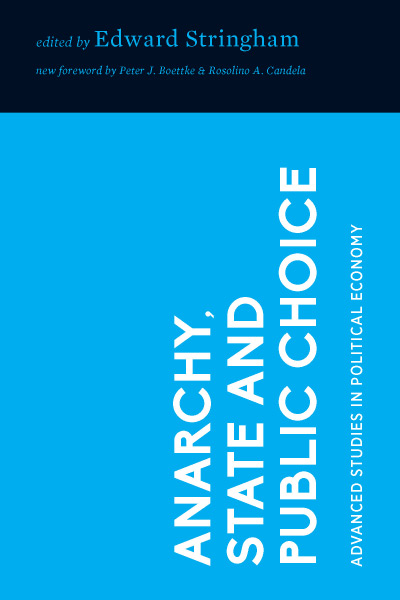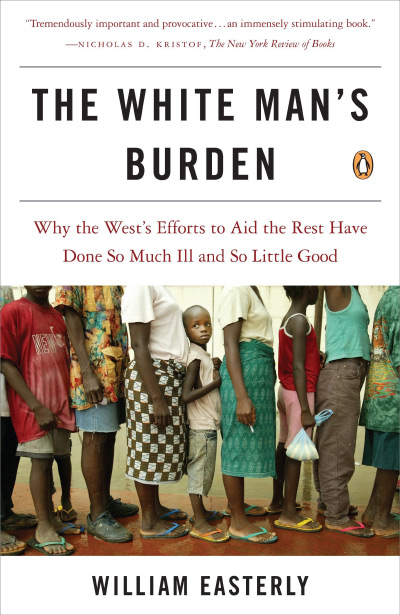Reality is Tricky begins with this epigraph from Frédéric Bastiat: “There is only one difference between a bad economist and a good one: the bad economist confines himself to the visible effect; the good economist takes into account both the effect that can be seen and those effects that must be foreseen” (p. vii). I’m not convinced that this is the only difference between good and bad economists, but Richard McKenzie accepts Bastiat’s dictum and the search for unseen effects much more wholeheartedly than most economists. This relentless search gives birth to insights that are often truly creative and innovative.
Reality Is Tricky, like McKenzie’s mind, is magnificently wide ranging, as its twenty chapters cover issues as disparate as the fate of capitalism in the U.S., poverty traps, climate change, California’s water problems, debates over the minimum wage, Christmas gifts, regulations about hugging children, organ sales, the Keystone pipeline, monopolies, insider trading, and the economics of the brain.
He sprinkles gems into every chapter. We learn, for example, that “Los Angelenos can buy 748 gallons,” that’s enough to fill the typical bathtub about fifteen times, “for less than the price of two lattes at Starbucks” (p. 56) and that California water districts are often incentivized to not look for leaks. McKenzie is a long-time observer of monopolies and supposed monopolies (see for example his paper—with co-author William Shughart—1998, “Is Microsoft a Monopolist?” The Independent Review 3, no. 2: 165–197). Rather than condemn monopoly power, however, he argues that “as opposed to being destructive of consumer welfare, entry barriers in some form and at some level are essential for product and market creation ... Think about it: How much entrepreneurial and intrapreneurial effort is being applied right now to the development of products and markets where there is no chance of making ... at least enough monopoly/economic ‘rent’ to cover product and market development costs? Indeed, the exact oppositive occurs” (p. 124). In another chapter, he concludes that “recognition of people’s flawed decision making can actually increase economists’ conceptualized gains from trade. Under conventional trade theory, welfare improvement comes only from the exploitation of known goods and known comparative cost advantages.... [However] added competitive market pressures from open trade can pressure the brain to upgrade its decision-making rationality” (p. 157). And he points out that “drug dealers also profile police,” identifies profiling as a “global phenomenon” (p. 169), and concludes that “abandoning police profiling is likely a pipedream” (p. 11).
However, rather than highlighting more of McKenzie’s insights, I will turn contrarian and push back against arguments from two of his chapters: “The Climate-Change Doomsday Trap” and “Why Walking to Work Can Be More Polluting Than Driving to Work.” I think he would approve, as his ultimate aim is to encourage debate.
The chapter on the climate-change doomsday trap argues that if people believe the climate is headed for doom, they will become fatalists and therefore stop taking actions to mitigate climate change, making the doomsday more certain. If we call wolf, the wolf is more likely to come because the shepherds will have walked off the job. Once the wolf shows up, it will be too late to do anything about it. I don’t share the position that climate change is an existential threat, but more importantly for his argument, I don’t see fatalism among those who do sense an existential threat. Rather, many of them seem bent on doing everything they can to solve the perceived problem. (Although perhaps it would be more accurate to say that they seem bent on making other people do everything they can to tackle the problem.) Everything, that is, except the one low-cost solution that would ultimately be used if the problem turns out to be an existential threat: geoengineering.
The chapter on why walking to work can be more polluting asks: “Which is more polluting, driving a gas-powered Chevrolet Malibu a mile to work or walking that mile? The easy answer is, of course, driving. Cars have tailpipes, people don’t. Right? Far more energy is needed to push a 3,086-pound car along the road than is needed to move a 150- to 250-pound body along a sidewalk. Walking seems like the green thing to do. But appearances can be deceiving, making easy answers dead wrong. That’s the case here when the calories expended in walking are replaced” (p. 59). Reading this certainly perked up my ears, as I walk to work. (My walk is closer to two miles.) McKenzie, following Bastiat, looks for the unseen effects of walking and finds many. Walking requires one to eat more food and producing food requires fertilizer and energy to power farm equipment and the eighteen-wheelers that deliver the food. And beef cattle and dairy cows emit manure and greenhouse gasses. Don’t forget that about one-third of our food goes to waste. He cites an estimate that walking slowly for two miles (home to work and back again) burns 200 extra calories, but that producing those calories requires fifteen to twenty times as much energy in the form of fossil fuels. On the other hand, driving an economy car (40 miles per gallon) will use only about two-thirds to one-half the energy that the person uses in replacing the calories expended on walks. If, however, your vehicle gets worse mileage, then walking can be less polluting. Later in the chapter, he explains why electric vehicles aren’t very green, citing Bjorn Lomborg’s conclusion that before they even arrive in the showroom “the production of the electric car has already resulted in sizeable emissions—the equivalent of 80,000 miles of travel in the vehicle” (p. 63).
This is a nice start, but I don’t think it pushes the analysis as far as Bastiat requires. I claim no expertise on human physiology, but the Nerd Fitness website suggests that although 100 gross calories are burned walking a mile, only 57 net calories are burned—43 calories would have been burned just sitting around. This certainly changes the calculation. I often eat eggs for breakfast, so let’s put this into practical terms. The USDA estimates that the typical large egg yields 78 calories, so a one-mile walk burns the equivalent of about 0.73 eggs assuming that the walker has the average weight of an adult American. A recent study calculates that the “environmental footprint” of a dozen eggs is 2.7 kilograms of carbon dioxide equivalent, which works out of 225 grams per egg or 164 grams for our average-weight adult to walk one mile by eating 0.73 eggs. However, the Environmental Protection Agency estimates that average automobile—which gets about 22.2 miles per gallon (much lower than McKenzie’s Malibu)—emits about 400 grams of carbon dioxide per mile. By these calculations, the normal assumption is correct: walking a mile is usually much “greener” than driving a mile! And driving the fuel-efficient Malibu also emits more than walking.
My point isn’t to second guess McKenzie’s math, it is to put it into the most useful terms and also to push it forward. There’s a lot more that needs to be considered. Does the person who drives park right outside his or her office door? Unlikely, so we need to add some walking to the driving scenario. What else will walking to work change? Will he or she be less likely to drive during the day—say, brown-bagging it instead of heading out for lunch? Would the person who gets into the habit of walking get a job closer to home (or move closer to work)? Isn’t it likely that the habitual walker will lose weight, thereby reducing the number of calories burned? I’ve lost weight since I began walking to work. (I also save a lot on parking fees—about $450 per year.) The big omission is the health effects of walking, such as lowering blood pressure, increasing cardio health, and improving mental health. As this will increase life expectancy, the total amount of pollution from walking could be much greater than from driving! However, this throws using pollution as the key metric into doubt. After all, the purpose of life is not to minimize one’s environmental footprint, and many things that increase pollution—such as living longer—are net positives. It is also worth mentioning that walking, as Shane O’Mara shows in In Praise of Walking, not only brings more blood to your brain, but also promotes the production of vascular endothelial growth factor, which helps to grow the network of blood vessels carrying oxygen and nutrients to the brain.
O’Mara argues that walking spurs creativity—which is the very trait that is the center of Richard McKenzie’s economics!
| Other Independent Review articles by Robert M. Whaples | ||
| Spring 2024 | A Vision of a Productive Free Society: Murray Rothbard’s For a New Liberty | |
| Spring 2024 | GOAT: Who Is the Greatest Economist of All Time and Why Does It Matter? | |
| Spring 2024 | Everyday Freedom: Designing the Framework for a Flourishing Society | |
| [View All (93)] | ||



